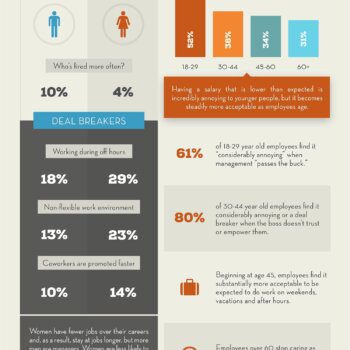Lessons from Collision … (Collision is the Tech Conference in Tony Hsieh’s Downtown Project, Las Vegas. It took place at the World Market Center Pavilions May 5-6 2015)
I stopped to hear how a woman was unable to walk for 6 years but now able to hobble happily next to me. I pause to listen to how someone put all his life savings to make an app that he felt he just had to do. I made a point to schedule a dinner with a young man from Charleston, South Carolina whose experience in Mexico made him look inward about how he used (or misused) his resources. Their stories pull me in. Their tenacity and passion keep me rooted. The more I spend time with them, the more I get invested.
So many of the experienced investors emphasize the power of storytelling. They see 5-7 pitches a day and at the end of the day, apart from the number of users and profit margins and revenue, it’s really the stories of the startups that really marks one from another. The story that moves pulls at our heart-strings, and our heart strings pull at our purse. There is no need to dilute a good tear-jerker. It may seem over-used and even manipulative but that’s the story and it’s real. Use it. Tell it. The features and benefits will never be the true hook. So many other programmers could create the very same program. Your story, they cannot copy. It is your brand. How people remember your startup is your story.
The startup story like any story has to have a beginning, crisis and recovery. Then a crisis again and a climax where the issues are finally resolved – in the startup world, that would be when you are happily acquired or IPO-ed. In much of startup story, the story is of resilience and recovery; innovation under stress and finding that fated match made in heaven – investment wise.
Why is it so challenging for startup leaders to present this story? I find many are engineering-oriented. So they want to talk tech or software and that excites them so they think that will excite the clients or investors. This is not usually the case. My eyes glaze over when I hear tech, I only want to hear the problem you solve and I want to feel that it is a solution I want to tell my girlfriends about – just like a juicy story. The other possible reason is that for many collective cultures where we prefer not to stand out (like here in Singapore) we tend not to want to draw attention to ourselves or our personal lives. Help me on the merit of my good work and not because of my disabilities, or limitations, or any other personal, or authentic, or usually vulnerable story. However, I need to remind such entrepreneurs that money flows where the heart goes. When you look strong we don’t think you need help. When you don’t ask for help we leave you alone. When you say who you are, not in a needy way but in all honesty and in all humanness, more people will jump in. If you are drowning we will dive in. If you are on a float, we will get a boat to pick you up. If you can swim… we’ll leave you to swim.
Maybe it’s a feminine instinct to collaborate and ask for help and show we need help. So my entrepreneurial masculine instincts keep me looking strong and independent. The tendency to keep going at it alone are not the best way to move forward when you are looking for seed investments. Vulnerability is strength, you are not tied to your story and a victim. You are your story and it empowers.





























